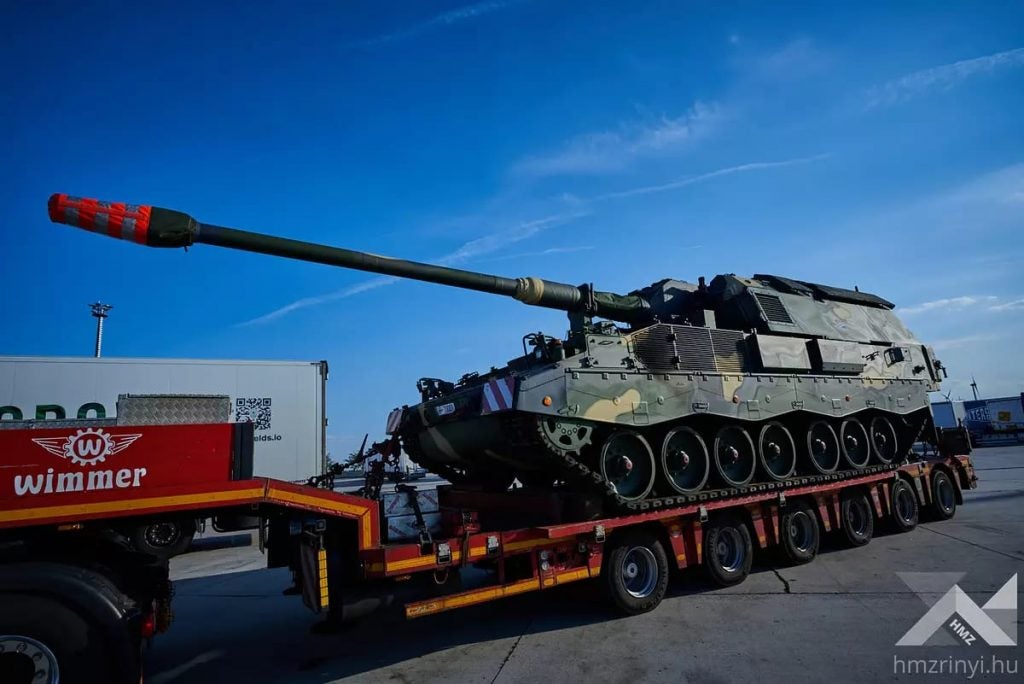Hungary Receives First Two 155-mm 52 Caliber PzH 2000 Self-Propelled Howitzers
The German defense technology company Krauss-Maffei Wegmann (KMW) delivered the first two of the 24 German PzH2000 self-propelled howitzers to the Hungarian Armed Forces. At the György Klapka barracks located in the town of Tata in Hungary, the first 155mm self-propelled gun arrived on the night of August 10 and the second on the night of August 17. With a ceremony, the newly acquired vehicles joined the MH 25th György Klapka Infantry Brigade’s 101st Artillery Division.
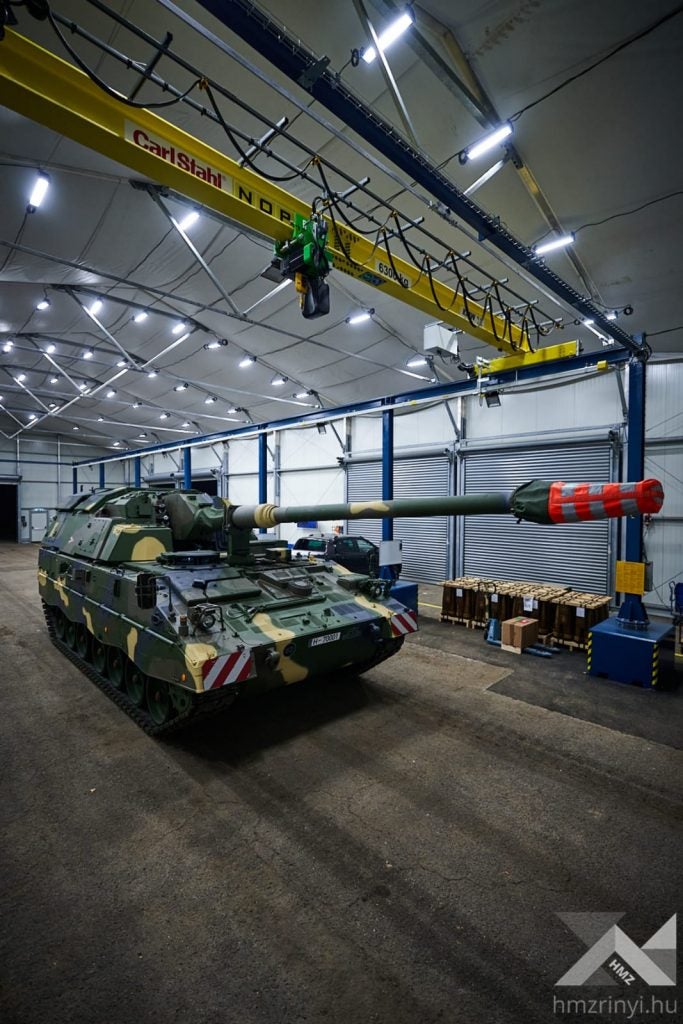
A modern army is unthinkable without strong and effective artillery, according to Hungarian Defense Minister Kristóf Szalay-Bobrovniczky in a statement on his social media pages. The defense minister emphasized that the Hungarian government is steadfastly working to rebuild their artillery, one of the most significant ground weapons in the Hungarian Defense Forces, which was, in his words, “destroyed by left-wing governments.” In addition, Kristóf Szalay-Bobrovniczky noted that the conflict in Ukraine and the influx of illegal immigrants at the country’s southern borders had only increased the government’s resolve to improve the capabilities of the Hungarian Armed Forces, saying, “we are still on the side of peace, but peace requires strength.”
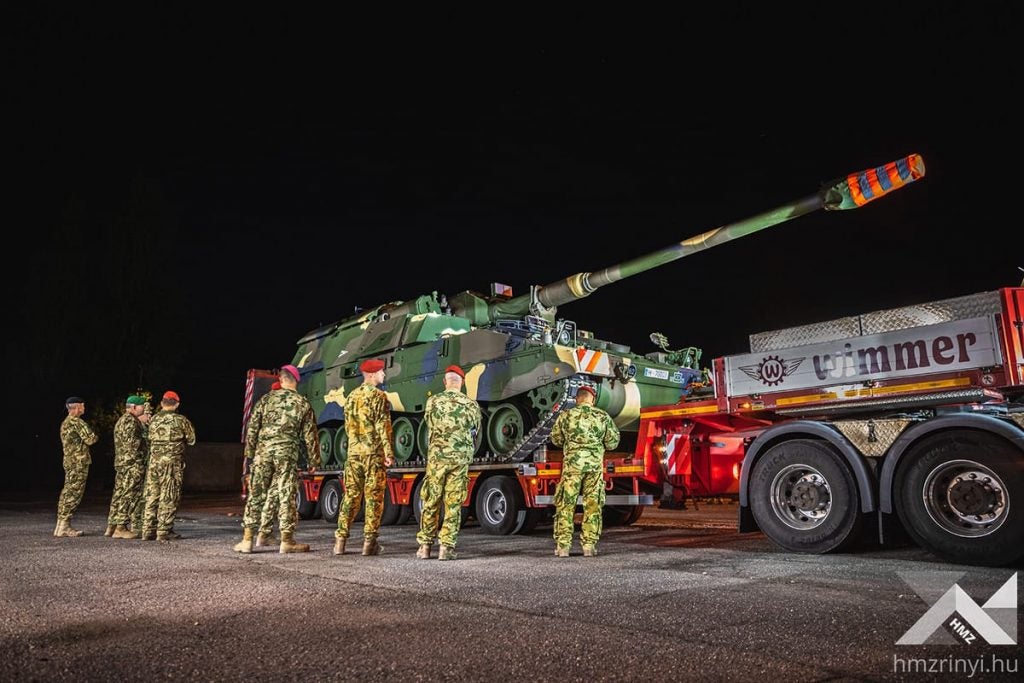
The Panzerhaubitze 2000 German self-propelled howitzers were delivered as part of a $1.8 billion contract signed on December 19, 2018, with Krauss-Maffei Wegmann (KMW) as part of the Hungarian Armed Forces’ (Magyar Honvédség) ground forces modernization process. The contract calls for the delivery of 44 newly manufactured Leopard 2 A7+ main battle tanks and 24 newly manufactured PzH 2000 units. Hungary also ordered 12 used Leopard 2 A4 main battle tanks for training purposes, as well as a Leguan bridge layer tank from KMW’s stock, as part of the contract. Hungary received all 12 used Leopard 2 A4 main battle tanks in 2020 while the first delivery of 44 new Leopard 2A7 tanks is expected to take place in June next year. These cutting-edge tracked vehicles will take the place of the country’s arsenal of outdated Soviet-era systems.
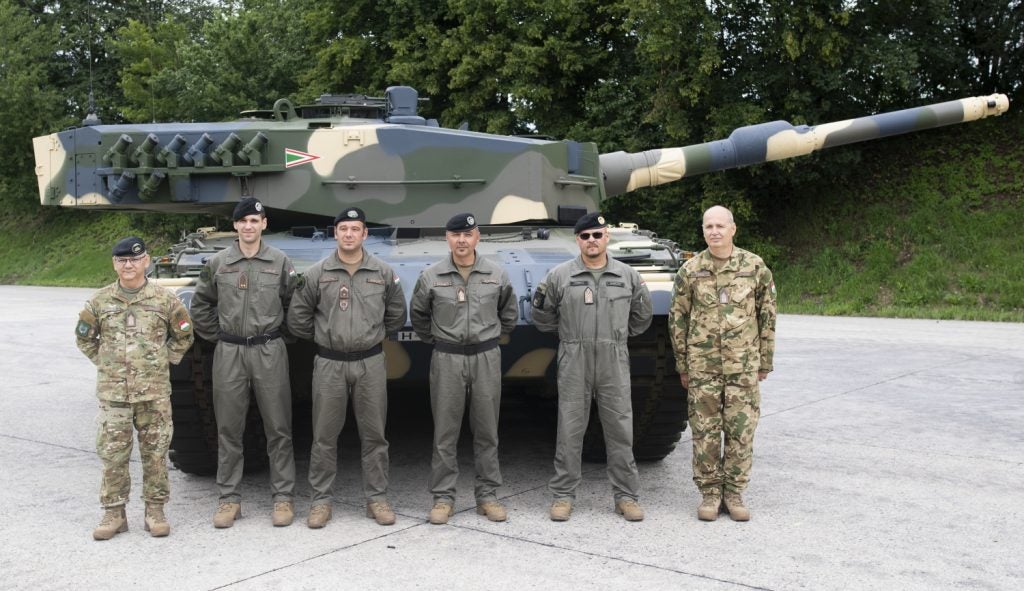
After purchasing 24 PzH 2000 155mm tracked self-propelled howitzers, the Hungarian Armed Forces proceeded to improve the capabilities of their artillery divisions. With a €2 billion (£1.82 billion) purchase in 2020, the Hungarian Army became the first NATO and EU member state to order Rheinmetall Lynx IFVs. In the first quarter of 2022, the country purchased the new HX3 155mm self-propelled howitzer manufactured by the German company Rheinmetall. On March 30, 2022, the Hungarian Ministry of Defense awarded a contract to Rheinmetall for a comprehensive ammunition package worth several hundred million Euros. The purchase includes ammunition for artillery, decoy systems, main battle tanks, and infantry fighting vehicles. 2023 will see the start of delivery, with completion by 2031. Under the agreement much of the ammunition will be manufactured in Hungary.
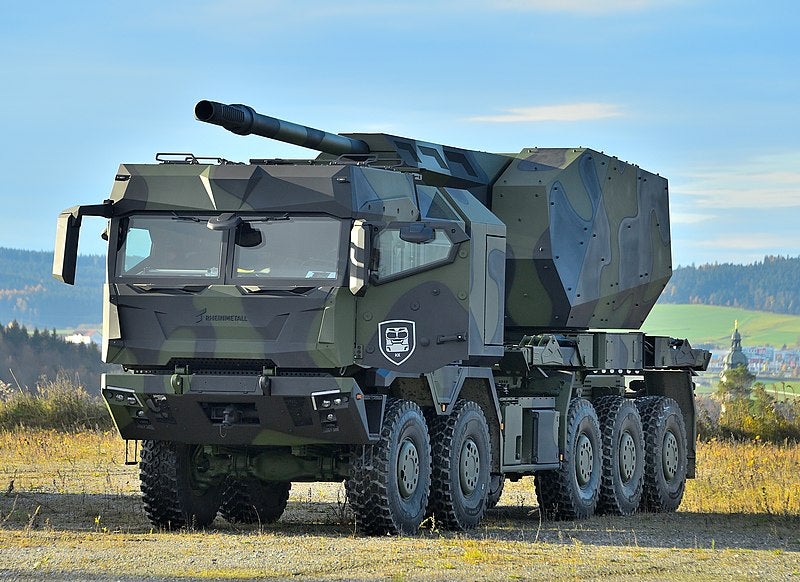
The Panzerhaubitze 2000, which will replace the Hungarian Armed Forces’ current Soviet-era D-20 152mm artillery systems, is a 155mm self-propelled howitzer based on a tracked, armored chassis manufactured by the German company Kraus-Maffei Wegman (KMW). The main weapon of the howitzer, which is currently being used by the Ukrainian army against Russian forces, is a Rheinmetall 155mm L52 artillery gun. The secondary armament consists of a 7.62×51mm machine gun mounted on the roof. The weapon system, which can carry 60 rounds, can fire all NATO-standard 155mm ammunition.
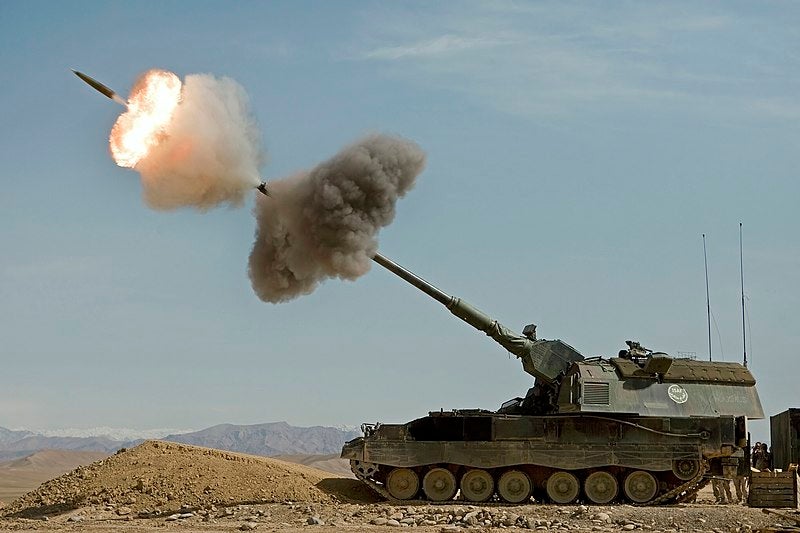
The PzH 2000 has a maximum firing range of 40 kilometers when using standard ammunition and up to 54 kilometers when using extended range ammunition like Vulcano or Excalibur. The howitzer can fire three rounds in ten seconds and has a maximum rate of fire of ten rounds per minute. The PzH 2000 self-propelled howitzer measures 11.7 meters in length, 3.5 meters in width, and 3.4 meters in height. It has an operating weight of 57 tons. The 986 horsepower MTU-881 KA 501 Diesel engine provides enough propulsion power to travel 420 kilometers without refueling and reach 60 kilometers per hour. The vehicle has a crew of five personnel, though it may also be operated by a three-person crew.

